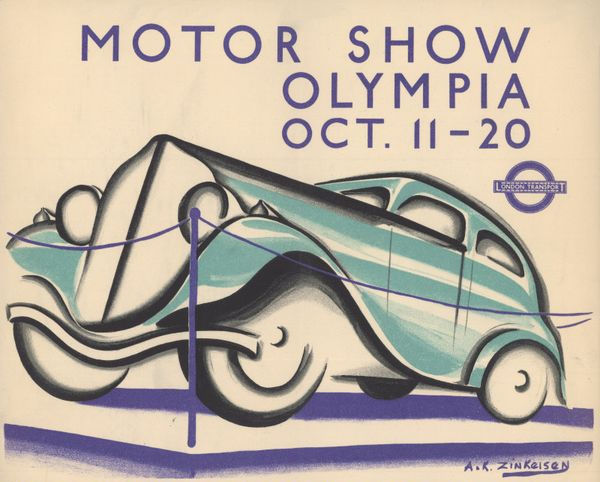Village Amateurs Find Lost 15th Century Palace
- Editor OGN Daily
- Dec 10, 2023
- 2 min read
The Palace of Collyweston had become nothing short of the stuff of legend - particularly for the residents of the village of Collyweston. It was an extensive Tudor palace, that was once home to Margaret Beaufort, the mother of King Henry VII. It was also visited by Henry VIII and Elizabeth I.
Collyweston - located in Northamptonshire, central England - is a quintessential sleepy English village, with an old-fashioned village sign, medieval parish church and obligatory pub. It lies not far from Stamford, which, in days gone by, straddled the old North Road. This was THE major, medieval route between London and the North of England during the Tudor period of 1485 to 1603. This made it a critical strategic settlement and stopping-off point for travellers - including monarchs and their retinues.
All photos credit: Collyweston Historical and Preservation Society
Yet, a little over 150 years after its heyday, the house was dismantled and irrevocably lost. But for an intrepid band of villagers, that may still be he case.
“Many of us were brought up in the village, and you hear about this lost palace, and wonder whether it’s a myth or real. So we just wanted to find it,” said Chris Close, the chair of the Collyweston Historical and Preservation Society (Chaps) which made the initial discovery of the Palace of Collyweston in a back garden this year, with more remains unearthed in two fields behind the village.
“But we’re a bunch of amateurs. We had no money, no expertise, no plans, no artist impressions to go off, and nothing remaining of the palace. It’s naivety and just hard work that has led us to it.”
The Chaps team, which comprises more than 80 members ranging from teenagers to people in their 70s and 80s, first set out their plan to find the palace in March 2018, using “local folktales and hearsay” to help refine their search area.
Historians from the nearby University of York helped verify the group’s findings and identify the palace through some uncovered stone mouldings, and will work with Chaps on more excavations to further reveal the structure and conserve it for the future.
“We’ve done it all on an absolute shoestring,” said Close. “For us, being a little society, to have achieved this with no money, or expertise, or plans, I think it’s something that the whole society should be proud of.”
Today's Articles
What Went Right Last Week: Synopsis of last week's most important good news from around the world. Highlights...
Optimal Society: Researchers manage to put a monetary value on the personal price of democracy. Freedoms...
Aurora Borealis: Some breathtaking images from Northern Lights Photographer of the Year 2023. Light show...
Top Trio: Last week's most read funny articles, and the most watched (utterly joyful) mood boosting video. Links...









